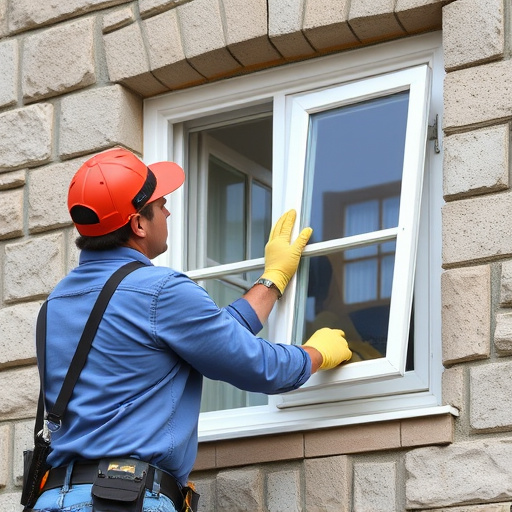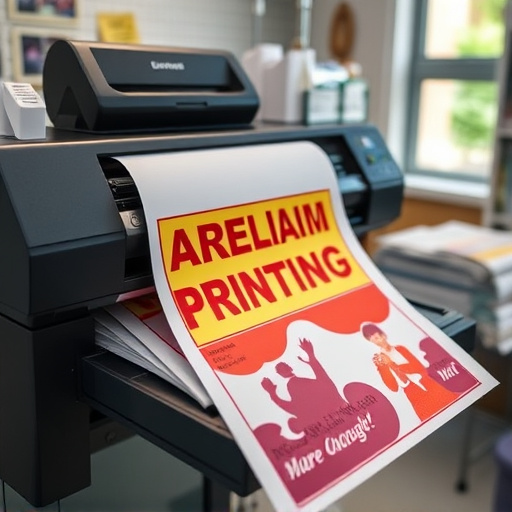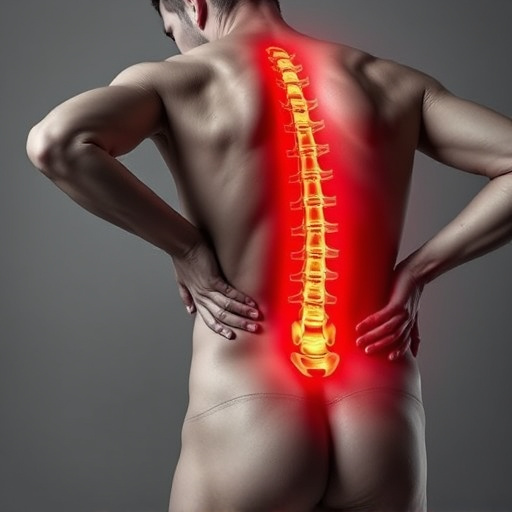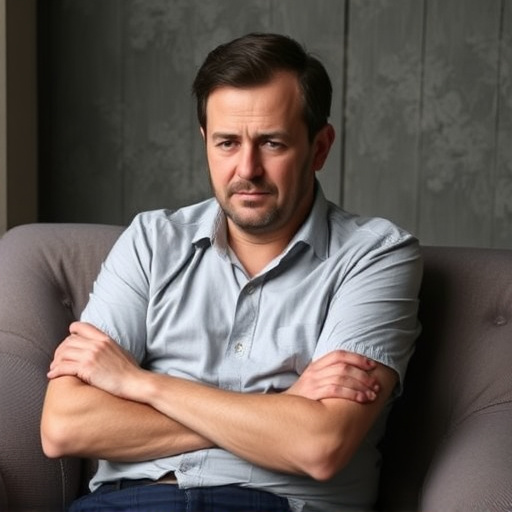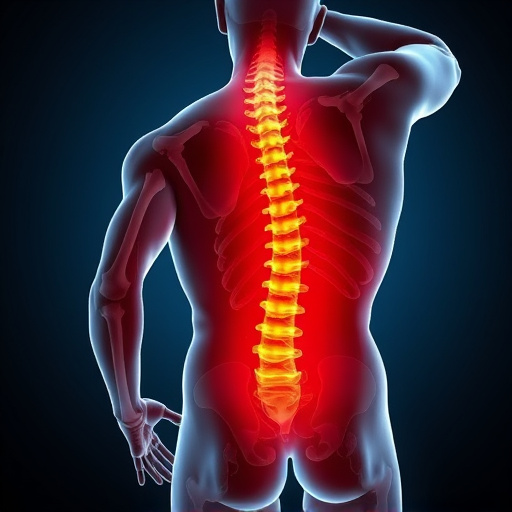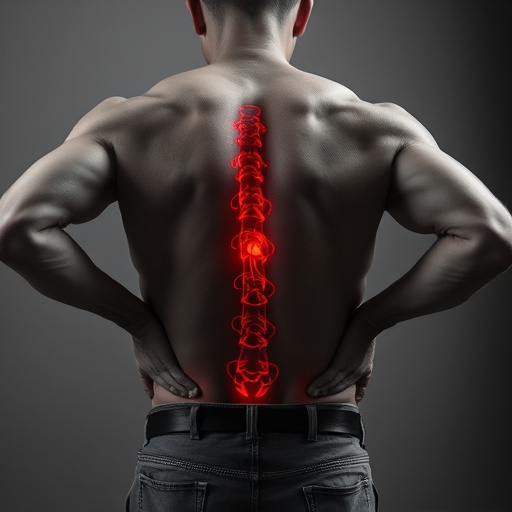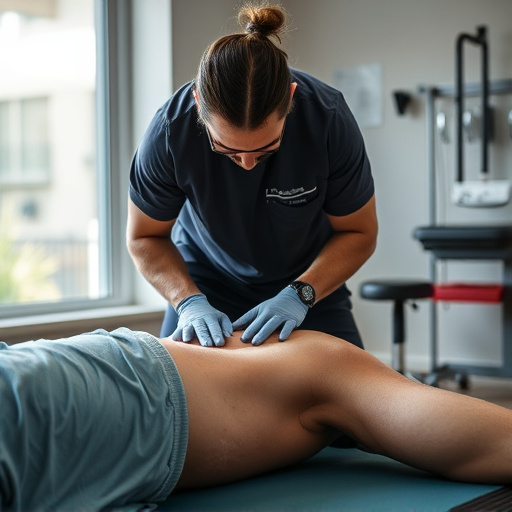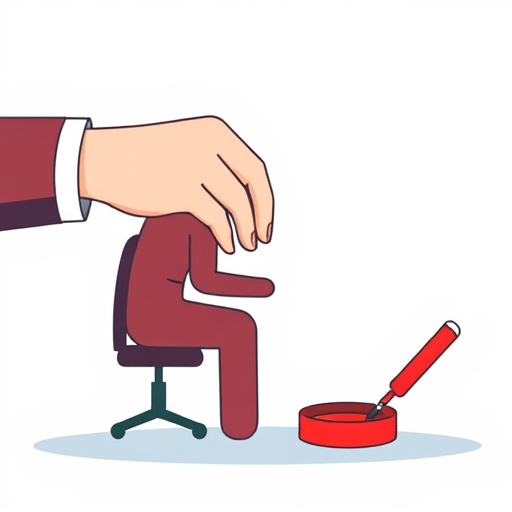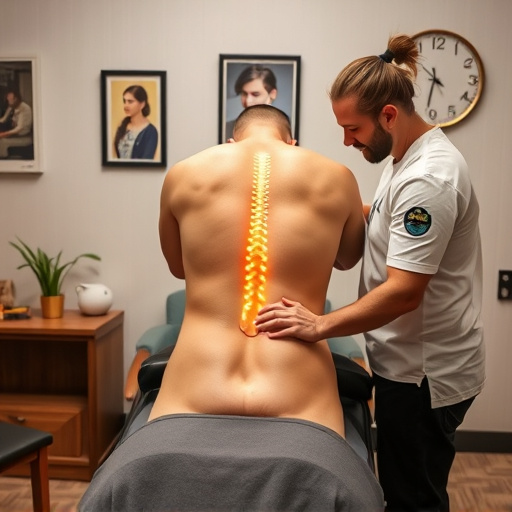TL;DR:
Shockwave therapy, using low-energy acoustic waves to stimulate healing in soft tissues, emerges as a leading non-invasive treatment for sports injuries, targeting chronic pain and expediting recovery among athletes. Proven effective for conditions like tendinopathy and muscle strains, this method accelerates tissue repair by boosting cell growth and blood vessel development. Clinical trials highlight its success in alleviating pain and enhancing function, offering an attractive alternative to surgery or prolonged immobility. However, personalized treatment plans are crucial due to varying responses based on injury type, stage of healing, and patient characteristics.
“Uncover the potential of shockwave therapy in revolutionizing sports injury recovery. This comprehensive article delves into the emerging field of shockwave treatment, offering a brief overview of its mechanism and exploring scientific evidence for its efficacy. We examine how this non-invasive approach accelerates athletic recovery, reduces inflammation, and promotes tissue repair. Additionally, we discuss considerations for its implementation in sport medicine, highlighting its promise as a game-changer in sports injury management.”
- Understanding Shockwave Therapy for Sports Injuries: A Brief Overview
- Scientific Evidence Supporting Shockwave's Efficacy in Athletic Recovery
- Potential Benefits and Considerations for Implementation in Sport Medicine
Understanding Shockwave Therapy for Sports Injuries: A Brief Overview
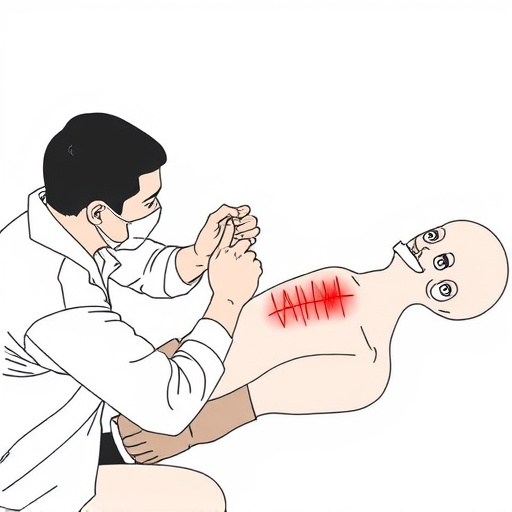
Shockwave therapy for sports injuries has gained significant attention in recent years as a non-invasive treatment option. It involves delivering low-energy shockwaves to damaged soft tissue, aiming to stimulate healing and reduce pain. This therapeutic approach is particularly beneficial for athletes suffering from chronic pain or those looking for faster recovery without surgery.
The procedure is relatively simple; specialized devices emit acoustic waves that penetrate the skin and reach the affected area, promoting cellular activities and enhancing natural repair mechanisms. Studies suggest that shockwave therapy can be effective in treating various sports injuries, including tendinopathy, muscle strains, and chronic back pain. By accelerating the body’s natural healing process, it offers a promising alternative for athletes seeking relief from debilitating pain and aiming to regain full mobility for their favorite sports.
Scientific Evidence Supporting Shockwave's Efficacy in Athletic Recovery
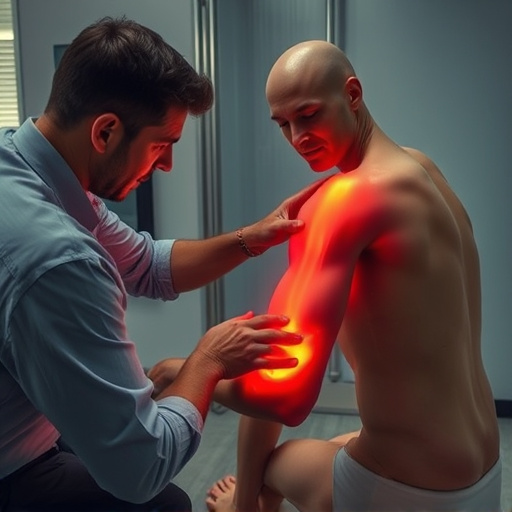
The use of shockwave therapy in athletic recovery has gained significant scientific attention due to its promising results in treating sports-related injuries. Numerous studies have explored its efficacy, particularly in managing soft tissue injuries common among athletes. Research suggests that low-energy extracorporeal shockwaves (LES) can accelerate the healing process by stimulating cell proliferation and enhancing angiogenesis, which are crucial for tissue repair.
Multiple clinical trials have demonstrated the effectiveness of shockwave therapy in reducing pain and improving function in athletes with various conditions, including tendinopathy, muscle strains, and stress fractures. This non-invasive approach offers a promising alternative to surgical interventions or prolonged periods of immobilization. By tailoring personalized treatment plans based on individual patient needs, wellness care professionals can optimize recovery outcomes and help athletes return to their active lifestyles more quickly and safely.
Potential Benefits and Considerations for Implementation in Sport Medicine
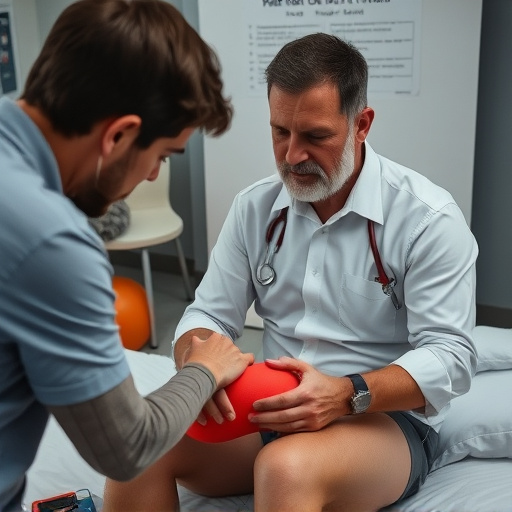
Shockwave therapy for sports injuries presents a promising avenue in sport medicine, offering potential benefits that could revolutionize rehabilitation practices. This non-invasive treatment has shown efficacy in accelerating muscle recovery and reducing pain associated with various athletic traumas. By stimulating cellular repair mechanisms, shockwaves can enhance tissue regeneration, making it a game-changer for athletes dealing with delays in recovery due to intense training or injuries.
However, considerations are essential when implementing this technology. Research suggests that while shockwave therapy demonstrates promising results for conditions like sciatica relief and certain spinal adjustments, individual responses may vary. Factors such as the specific injury type, stage of healing, and patient characteristics influence treatment outcomes. Thus, a tailored approach is crucial to ensure optimal benefits and address potential side effects or complications.
Shockwave therapy has emerged as a promising treatment option for sports injuries, backed by growing scientific evidence. The efficacy of this non-invasive approach in accelerating athletic recovery is well-documented, offering potential benefits such as reduced healing time and improved tissue regeneration. However, considerations like cost, access, and individual patient responses must be addressed before widespread implementation in sport medicine. Further research is needed to optimize shockwave protocols specifically tailored for various sports injuries, ensuring its maximal efficacy and integration into athletic rehabilitation.

